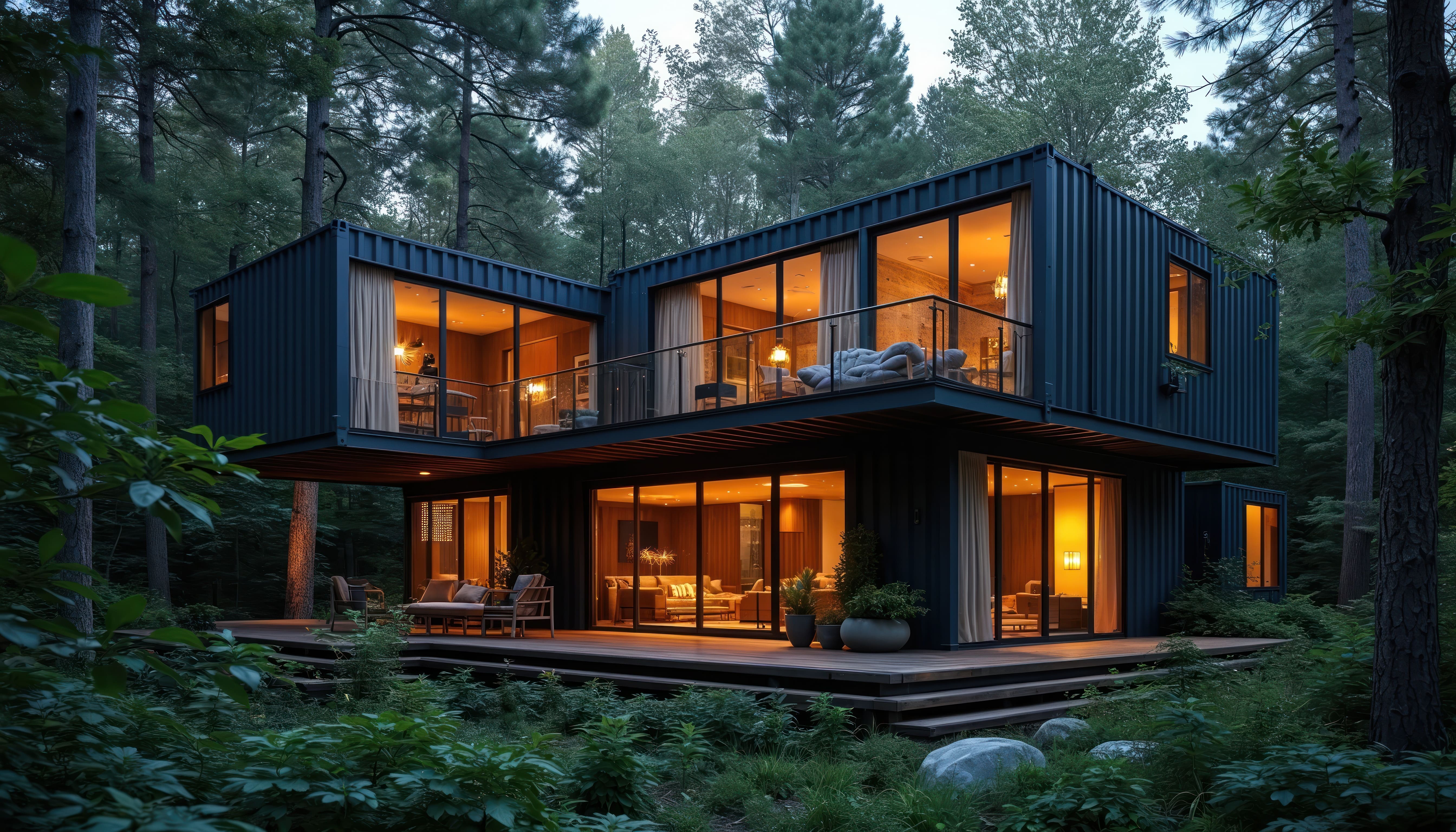Choosing the Right Materials for Your Deck: A Guide to Durability and Aesthetics
In the pursuit of creating the perfect outdoor living space, homeowners often find themselves at a crossroads when selecting the best materials for deck construction. A well-constructed deck not only adds to the aesthetic appeal of a home but also extends the living space to the outdoors, providing a serene spot for relaxation and entertainment. The choice of decking materials is crucial, as it determines the longevity, maintenance, aesthetic appeal, and overall value of the deck. This article delves into the essential factors to consider when choosing decking materials, focusing on durability and aesthetics.
Durability: The Backbone of Deck Construction
Longevity and Resistance to Elements
Durability is paramount when selecting materials for deck construction. The longevity of a deck largely depends on its ability to withstand various weather conditions, including sun exposure, rain, snow, and temperature fluctuations. Materials like pressure-treated lumber, composite decking, and tropical hardwoods are popular choices due to their resistance to rot, decay, and insect damage.
According to a study by the Freedonia Group, demand for wood-plastic composite decking is projected to increase by 1.8% annually to 2.7 billion lineal feet in 2023, signifying the growing preference for materials that offer a blend of natural wood appearance and enhanced durability.
Maintenance Requirements
Another aspect of durability is the maintenance requirement of the materials. Some materials, like natural wood, require regular staining, sealing, and sanding to maintain their appearance and integrity. In contrast, composite materials and certain treated woods offer a low-maintenance alternative, requiring only occasional cleaning to keep them looking new.
Aesthetics: Harmonizing with Home Design
Variety in Style and Color
The aesthetic appeal of a deck is a reflection of personal style and the architectural design of the home. Decking materials come in various colors, textures, and finishes, allowing homeowners to choose options that complement their home's exterior. Natural woods like cedar and redwood offer a classic, warm appearance, while composite decking provides a wide range of colors and patterns, mimicking the look of natural wood without maintenance.
A survey by the National Association of Home Builders found that 85% of home buyers consider a patio or deck essential or desirable, indicating the significant impact of aesthetics in decking choices.
Impact on Home Value
The choice of decking material can also impact the home's value. High-quality, durable materials that enhance the home's overall appearance can increase its market value and appeal to potential buyers. A well-designed deck with premium materials can offer a return on investment of up to 75%, making it a worthwhile consideration for homeowners planning future resale.
Subtopic: Environmental Considerations in Deck Material Selection
Sustainability and Eco-Friendliness
In recent years, there has been a growing trend towards environmentally sustainable decking options. Materials like recycled composite decking and sustainably harvested wood are gaining popularity among environmentally conscious homeowners. These materials not only provide durability and aesthetic appeal but also contribute to environmental conservation.
Impact on the Surrounding Ecosystem
The choice of decking materials can also impact the local ecosystem. Materials treated with chemicals can leach into the soil, affecting plant life and groundwater. Opting for eco-friendly materials like reclaimed wood or metal can minimize environmental impact while still providing a durable and attractive decking solution.
Subtopic: Cost-Effectiveness in Deck Material Selection
Budget Considerations
The cost of decking materials varies widely, and budget plays a significant role in the selection process. Pressure-treated lumber is generally the most cost-effective option, while materials like composite decking and tropical hardwoods are at the higher end of the price spectrum. It's essential to consider not only the initial cost but also the long-term expenses associated with maintenance and potential replacement.
Balancing Cost and Quality
Finding a balance between cost and quality is crucial. Investing in higher-quality, more durable materials can be more cost-effective in the long run, as they often require less maintenance and have a longer lifespan. This approach aligns with the principle of creating content that offers substantial value, as outlined in Google's guidelines on creating helpful, reliable, people-first content.
Subtopic: Safety and Comfort in Deck Material Selection
Slip Resistance and Surface Temperature
Safety is a critical consideration when choosing decking materials. Some materials can become slippery when wet or extremely hot under direct sunlight, posing risks to users. Materials with a textured surface or built-in slip resistance are preferable, especially in areas with frequent rain or poolside decks.
Comfort and Usability
The comfort and usability of the deck are influenced by the choice of materials. For example, some materials can splinter or crack, making them uncomfortable for bare feet. Selecting materials that remain relatively cool in the sun and resist splintering can enhance the overall enjoyment and functionality of the deck.
Choosing the right materials for deck construction is a multifaceted decision that involves considering durability, aesthetics, environmental impact, cost, safety, and comfort. By carefully evaluating these factors, homeowners can select materials that not only enhance their outdoor living space but also offer long-term value and satisfaction. A well-chosen deck becomes more than just an addition to a home; it transforms into a cherished outdoor retreat that stands the test of time.



